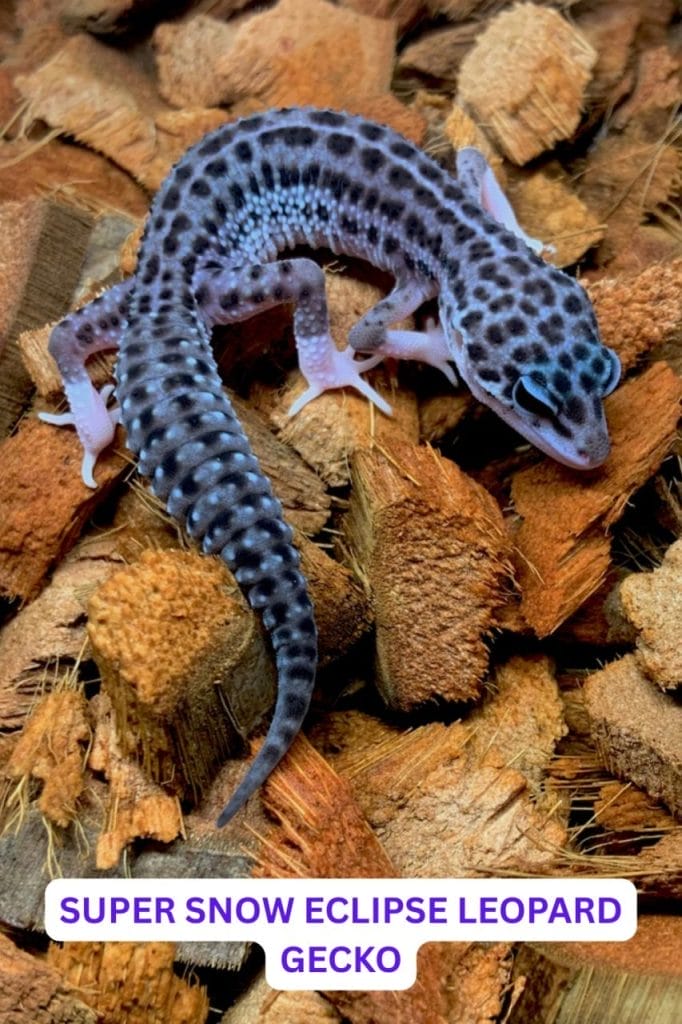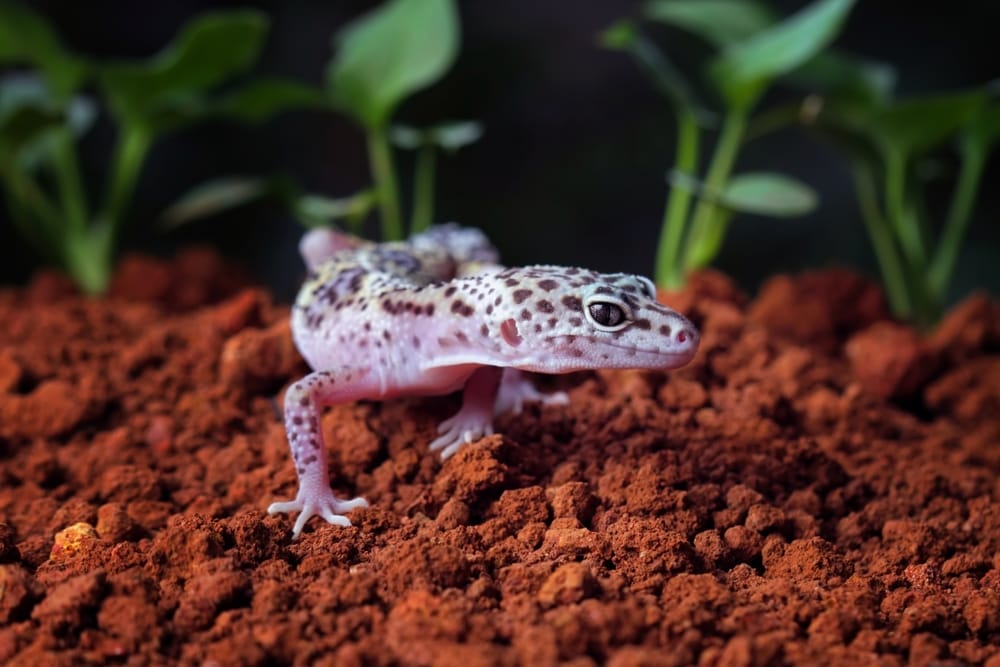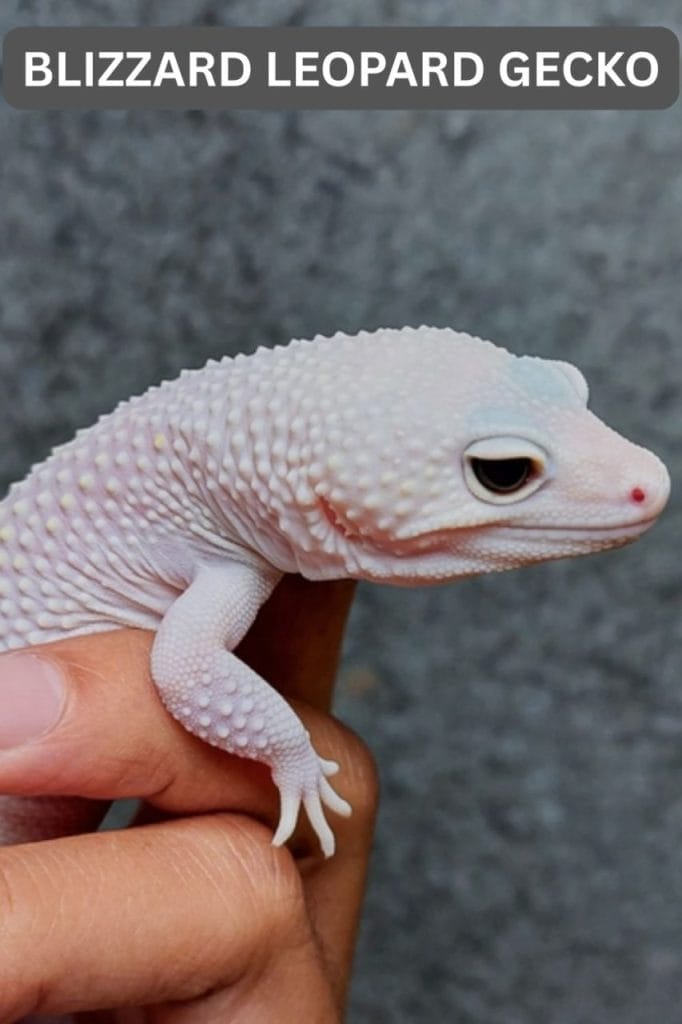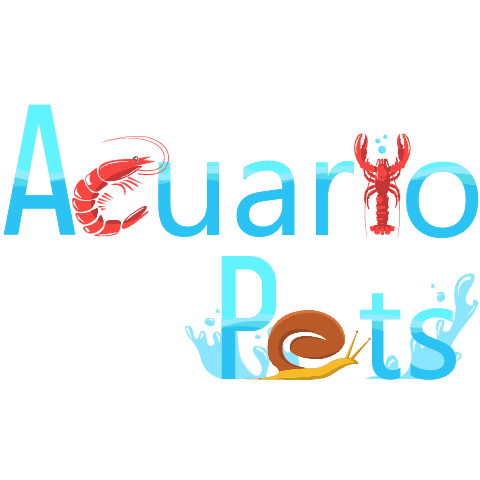This post was created with help from AI tools and carefully reviewed by a human (Muntaseer Rahman) . For more on how we use AI on this site, check out our Editorial Policy.
Check Out These FREE Tools We Made JUST For You!
Why Is My Leopard Gecko Changing Its Color? [16 Reasons]

If your leopard gecko is suddenly looking darker, paler, or just different in color, it’s easy to panic. They don’t change color like chameleons, so any shift feels like a red flag.
But don’t worry—color changes in leopard geckos are often harmless. Things like shedding, temperature changes, stress, or even age can affect how they look. Some changes are natural. Others might mean something’s off in their setup or health.
Let’s break down what’s normal and what needs your attention.

Natural Color Changes
Not every color shift is a problem. Sometimes, it’s just how leopard geckos work.
Aging
As they grow older, their color can slowly change. Baby geckos usually look brighter or more vivid. But once they start hitting the adult stage, the colors can darken or settle into a duller tone.
Some morphs change more than others with age. So if your gecko’s looking a bit different than before, and it’s not acting weird, it might just be growing up.
Shedding
This one’s obvious once you’ve seen it a few times. Before shedding, their skin gets dull, pale, or milky. That’s normal. It just means new skin is about to show up.
After a successful shed, their color usually looks cleaner and sharper. Nothing to stress over—unless stuck shed becomes a regular thing.
Morph Variations
Some leopard geckos are just built different. Depending on the morph, your gecko might naturally change shades slightly with mood, light, or temperature.
Don’t compare yours to every random photo online. Two geckos of different morphs won’t always look the same, even if they’re both healthy.

Environmental Factors
Sometimes the tank setup messes with your gecko’s color more than you think.
Temperature Fluctuations
Leopard geckos use their color to deal with heat. If it’s too cold, they might darken up to soak in more warmth. If it’s too hot, they might look lighter.
A messed-up temp range throws everything off. Keep the warm side around 88–92°F and the cool side 75–80°F. Night temps can drop to 70–74°F, but not lower. Use a proper thermometer—guessing doesn’t cut it.
UV and Lighting
Too much UV can bleach out their color over time. It’s not about blasting them with sunlight 24/7. Use low-level UVB and give them hiding spots to cool off when they want.
If your gecko looks paler than usual and you’ve cranked up the lights, that could be part of the problem.
Substrate Color
Sounds silly, but yeah—it matters. If your gecko’s chilling on dark brown or black substrate, it might look darker just from reflection or dust rubbing off. Doesn’t mean they’re changing color—it’s just how it appears.
Go with clean, safe options that don’t mess with how your gecko looks—or worse, get stuck in their gut.

Stress-Related Causes
A stressed gecko is a color-changing gecko. And yeah, they get stressed more easily than you’d expect.
Small or Dirty Tank
If the enclosure’s too tight or filthy, your gecko’s not going to be chill. They need space to move, hide, and feel safe. A 10–20 gallon tank is the bare minimum, and it better be clean.
Dirty setup = stressed gecko = weird color changes.
Too Much Handling
They’re not puppies. If you keep picking them up all the time, they’ll freak out. Especially if they’re new or not used to you yet.
Give them time. Let them settle in. Handle them less and observe more.
Loud Noises or Sudden Changes
Loud music, sudden light changes, or just moving stuff around their tank can stress them out. If something’s making you jump, it’s probably terrifying for a gecko.
Keep their space calm and stable.
Tank Mates
Leopard geckos are loners. Housing two together sounds fun until one starts bullying the other. Even if they’re not fighting, just being in the same space can cause tension.
One gecko per tank. Period.

Diet and Nutritional Deficiencies
If your gecko’s diet is off, its color might be the first thing to show it.
Calcium or Vitamin D3 Deficiency
Without enough calcium and D3, things go downhill fast. Their color can darken or turn dull, and that’s just the start. Next comes shaky legs and bone issues.
Use supplements. Dust their food properly. And make sure they’re getting low-level UVB to help with absorption.
Don’t just throw mealworms in and call it a day.
Overfeeding or Poor Gut Load
Feeding too many insects at once? That’s not “treating” them—it’s stressing their system. Especially if the bugs aren’t gut-loaded.
If you’re not feeding the insects well, your gecko’s not getting much out of them either. Weak nutrition = weak color.
Keep the diet balanced. Variety helps too—don’t just stick to one bug forever.

Signs of Illness or Health Problems
If the color change isn’t tied to shedding, stress, or lighting, you might be looking at a health issue.
Parasites
Internal parasites mess up everything—from appetite to energy to color. If your gecko looks dull, skinny, and weak, it’s time for a vet check and a poop test.
Don’t guess. Get it tested.
Mouth Rot or Infections
A sick gecko can start looking pale or blotchy. Mouth rot is one of the usual suspects. If you notice swelling, yellow gunk, or the jaw looks weird—don’t wait.
This stuff spreads fast if you ignore it.
Impaction
Swallowed something it shouldn’t have? Like loose substrate or a bug that’s too big? That can block their system and mess with skin tone too.
They’ll look bloated, stop pooping, and may act sluggish. That’s not just “being lazy”—it’s a warning sign.
Egg Binding (Females)
If your female gecko is turning pale and acting stressed, she might be egg-bound. That means she’s having trouble laying her eggs.
It’s painful and dangerous. Call a reptile vet fast if you think that’s the case.

What Color Should a Healthy Leopard Gecko Be?
There’s no single “right” color for all leopard geckos. It depends on their morph, age, and lighting. But still—there are a few things to keep in mind.
Most healthy leopard geckos have a base color that’s yellow, orange, tan, or whitish. Some have bold patterns or stripes. Others (like Murphy Patternless) look more solid or even a little greenish.
The key is consistency. If your gecko normally looks bright and suddenly turns dark, pale, or blotchy out of nowhere—something’s up.
Also, geckos might look a bit different under different lights. Natural light, tank lighting, even your camera flash can make them look off. So don’t panic over one weird photo.
Look at patterns over time. Is it a one-day thing, or is the change sticking around?

When to Be Concerned
Most color changes aren’t a big deal. But some are.
If your gecko looks off for more than a couple of days, and it’s also acting weird—don’t just wait it out.
Here’s when you should seriously start paying attention:
- Color change comes with no appetite
- Gecko is hiding all the time or super inactive
- There’s stuck shed around the eyes, toes, or tail
- Breathing looks heavy or noisy
- You see swelling, wounds, or weird bumps
- Poop looks runny or you haven’t seen any in a while
If any of that shows up, book a reptile vet. Don’t try to play vet with Google and guess your way through it.
Catching problems early always makes things easier—for both you and your gecko.
About Author
Hello, I’m Muntaseer Rahman, the owner of AcuarioPets.com. I’m passionate about aquarium pets like shrimps, snails, crabs, and crayfish. I’ve created this website to share my expertise and help you provide better care for these amazing pets.
Disclaimer
This site is owned and operated by Muntaseer Rahman. AcuarioPets.com is a participant in the Amazon Services LLC Associates Program, an affiliate advertising program designed to provide a means for sites to earn advertising fees by advertising and linking to Amazon.com. This site also participates in other affiliate programs and is compensated for referring traffic and business to these companies.

